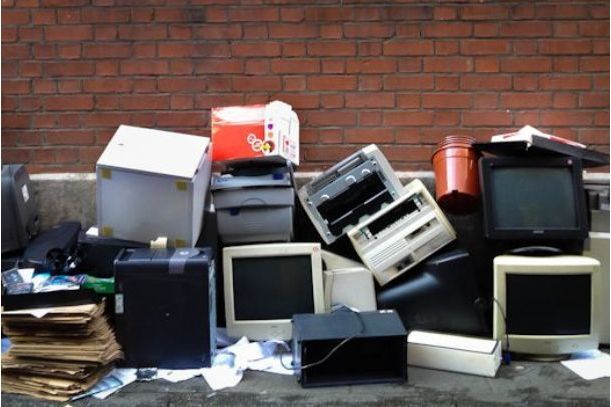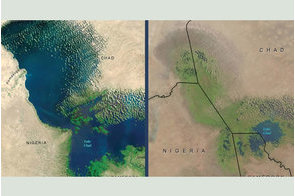Global e-waste surging, up 21 per cent in 5 years

Summary
The findings of the Global E-waste Monitor 2020 suggest that humanity is not sufficiently implementing the SDGs.
A record 53.6 million metric tonnes (Mt) of electronic waste was generated worldwide in 2019, up 21 per cent in just five years, according to the UN’s Global E-waste Monitor 2020. The new report predicts global e-waste -- discarded products with a battery or plug -- will reach 74 Mt by 2030, nearly doubling the volume of e-waste in just 16 years.
The report identifies e-waste as the world’s fastest-growing domestic waste stream, fuelled mainly by higher consumption rates of electric and electronic equipment, short life cycles, and few options for repair.
Only 17.4 per cent of 2019’s e-waste was collected and recycled. This means that gold, silver, copper, platinum and other high-value, recoverable materials conservatively valued at US $57 billion -- a sum greater than the gross domestic product of most countries – were mostly dumped or burned rather than being collected for treatment and reuse.
According to the report, Asia generated the greatest volume of e-waste in 2019 — some 24.9 Mt, followed by the Americas (13.1 Mt) and Europe (12 Mt), while Africa and Oceania generated 2.9 Mt and 0.7 Mt respectively.
For perspective, last year’s e-waste weighed substantially more than all the adults in Europe, or as much as 350 cruise ships the size of the Queen Mary 2, enough to form a line 125 km long.
E-waste is a health and environmental hazard, containing toxic additives or hazardous substances such as mercury, which damages the human brain and / or coordination system.
Other key findings from the Global E-waste Monitor 2020 say proper e-waste management can help mitigate global warming. In 2019, an estimated 98 Mt of CO2-equivalents were released into the atmosphere from discarded fridges and air-conditioners, contributing roughly 0.3 per cent of global greenhouse gas emissions. Also, in per capita terms, last year’s discarded e-waste averaged 7.3 kg for every man, woman and child on Earth.
Europe ranked first worldwide in terms of e-waste generation per capita with 16.2 kg per capita. Oceania came second (16.1 kg) followed by the Americas (13.3 kg). Asia and Africa were much lower: 5.6 and 2.5 kg respectively.
“The findings of this year's UNU-affiliated Global E-waste Monitor suggest that humanity is not sufficiently implementing the SDGs,” said David M. Malone, Rector, United Nations University (UNU) & UN Under Secretary General. “Substantially greater efforts are urgently required to ensure smarter and more sustainable global production, consumption, and disposal of electrical and electronic equipment. This report contributes mightily to the sense of urgency in turning around this dangerous global pattern.”
Related
-
Averting worse-case scenario of water crisis in Nigeria
By 2040, one out of four children worldwide will reside in places struggling with extreme water scarcity. Nigerian children ...
-
We can no longer ignore the environmental and health threats of plastics in Nigeria
Nigeria is among the largest contributors to what now constitutes a major threat to people's health, the ecosystem and is ...
-
How South Africa is leading the African circular plastics industry
The ICIS Mechanical Recycling Supply Tracker has identified just under 50 mechanical plastic recycling plants for PET, PE ...








